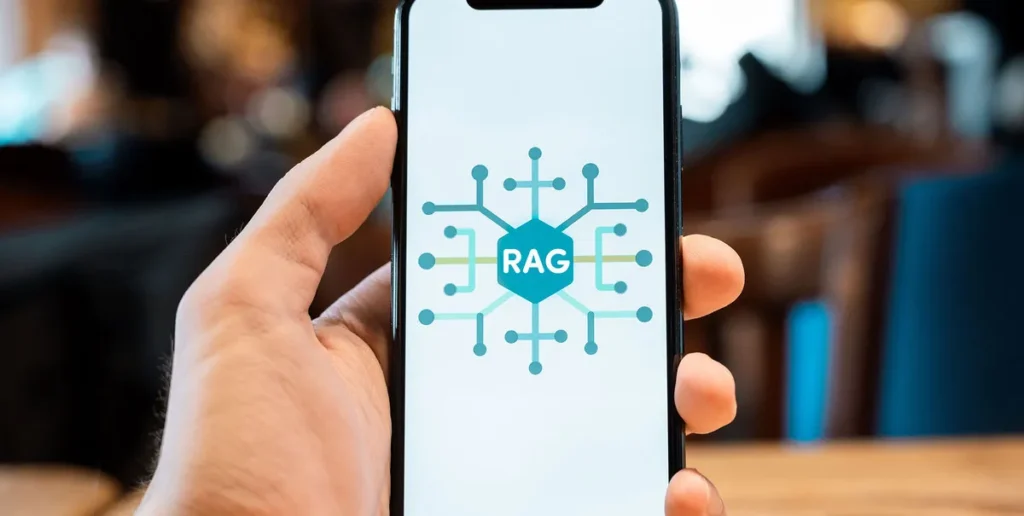FEATURED ARTICLE
How Digital Marketing
Is Changing in 2024:
AI, Video and More
These are the trends you need to get ahead of now.


Best Travel Marketing Examples From 12 Leading Brands
In an industry as dynamic and visually driven as travel, standing out from the crowd with exceptional marketing has never been more crucial. According to Expedia, travelers consume an average of 303 minutes of travel content before booking. Additionally, nearly 1 in 5 are influenced by advertising to book a

Interactive Video Makers: What You Need To Know
With the rise of on-demand content and personalized algorithms, many of us have grown used to having the reins when it comes to what we watch. Passive consumption is slowly becoming a thing of the past; we crave interaction, personalization and relevance. For brands, this has made capturing and keeping

8 Ways Personalized Video Is Easier Than Ever for Brands
In the world of digital marketing, staying ahead of the curve requires brands to successfully engage and captivate their target audience to make a lasting impact. And Personalized Video has emerged as a powerful tool to do so. Video is more in demand than ever — 83% of people say

How Personalization Technology Transforms the Customer Experience
In a time where every click, scroll and purchase contributes to a unique digital footprint, consumers expect to be remembered and catered to. After all, no one wants to be bombarded with messages, offers and recommendations that are irrelevant to them. With 80% of customers more likely to purchase from

What Is Sales Enablement? Your Go-To Guide
Success for your sales team extends far beyond simply offering a stellar product or service. It requires empowering them with the right tools, resources and knowledge — a practice commonly known as sales enablement. As the sales landscape continues to evolve from traditional face-to-face interactions to digital and remote selling,

Idomoo Revolutionizes Personalized Patient Communications With New EHR Integration
When it comes to healthcare-related communication, nothing is as important as clarity. People need to pay attention to and understand their treatment and next steps to take ownership of their care plan. That’s where Personalized and Interactive Video comes in. Data-driven video enhances patient communications with a more effective approach

Personalized Interactive Video in Action
How many times have you come across an ad or brand message that was entirely skippable? Today’s content often feels like a one-way street, where brands blast messages “at” us rather than engaging in a genuine, two-way conversation. To stand out amid the digital noise, businesses must explore fresh ways

How To Level Up Your Sales Strategy With Personalized Video
Hitting sales goals can often feel like an uphill battle. As consumers become increasingly discerning and the competition for their attention intensifies, many sales teams find themselves scrambling for innovative sales tactics to connect with their audience and boost conversions. Amidst these challenges, Personalized Video marketing has emerged as a

The Rise of Retrieval-Augmented Generation in AI: What Brands Need To Know
Your typical large language model (LLM) gets its information from the internet. Think of ChatGPT. It uses generative AI to create content quickly and effortlessly. The problem is that sometimes it creates content that isn’t 100% factually correct, aka AI hallucinations. And since it doesn’t cite sources, you can’t always

The Importance of Data Security for Personalized Video
Personalized Video combines the power of personalization with everyone’s favorite type of media: video. As with any form of content, adding personalization requires customer data — the details that make one video different from another and make each video unique to the viewer who receives it. Personalization is a boon

How Digital Marketing Is Changing in 2024: AI, Video and More
Every year, new possibilities and advancements arise that we expect to redefine the way businesses connect with their audiences. This year will be no different and, with trend cycles happening faster and faster, businesses can’t afford to be static. Your success depends on not just keeping pace but staying ahead

How To Make a Political Campaign Video for Personalized Outreach and Fundraising
When it comes to political campaigning, establishing a meaningful connection with voters is the foundation of success. But let’s face it, shaking hands and meeting everyone face-to-face is largely impossible and prime-time media placements often require a hefty budget. Thankfully, modern technology has leveled the playing field. It’s now easier

8 Video Marketing Trends to Watch in 2024
For marketers, staying on top of the latest trends is crucial to designing future strategies that get results. With video dominating the content landscape and constantly evolving, video marketing is no exception. From the latest technology to popular content styles, there are a handful of new developments in video marketing

A Beginner’s Guide to Understanding Churn Models
In business, success isn’t just about scoring new customers — it’s also about holding onto them. Unfortunately, customer churn exists as a challenge to this goal. Also called customer attrition, churn refers to your customers saying sayonara to your brand. So much more than just a statistical metric, your churn

6 Ways Businesses Can Use Interactive Marketing Videos
Ever found yourself engaged in one of Netflix’s interactive specials, such as the hit Black Mirror: Bandersnatch or You vs. Wild? Or maybe you’ve been part of a live stream where your comments or votes influence what happens next? All around us, interactive entertainment has found its way into our
